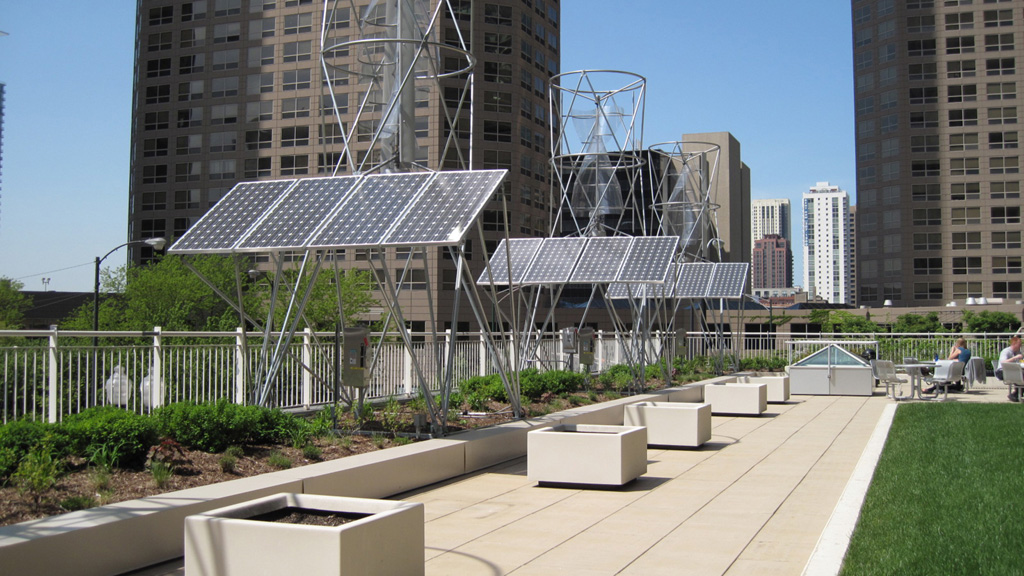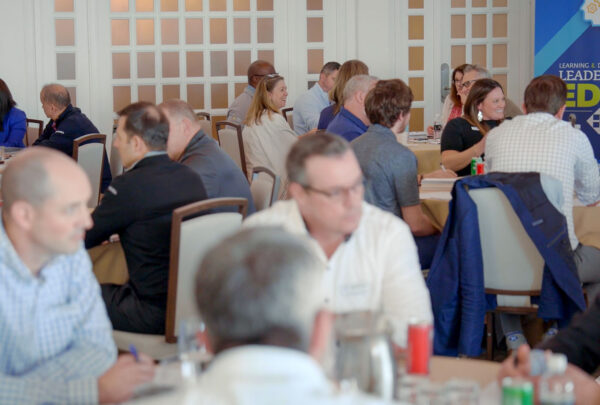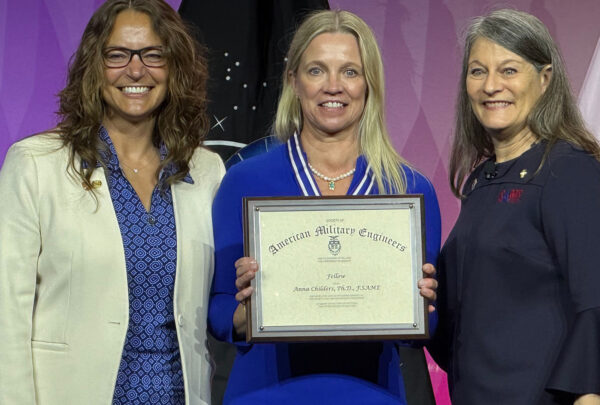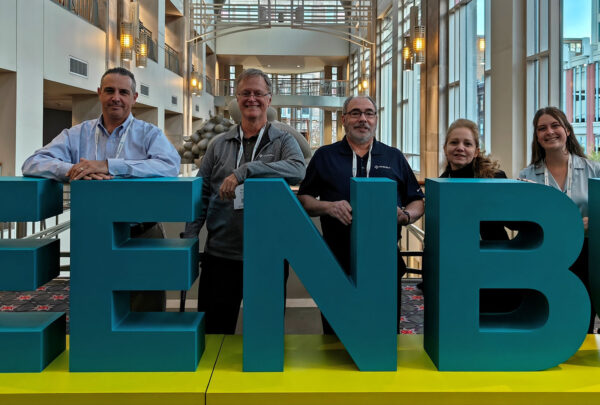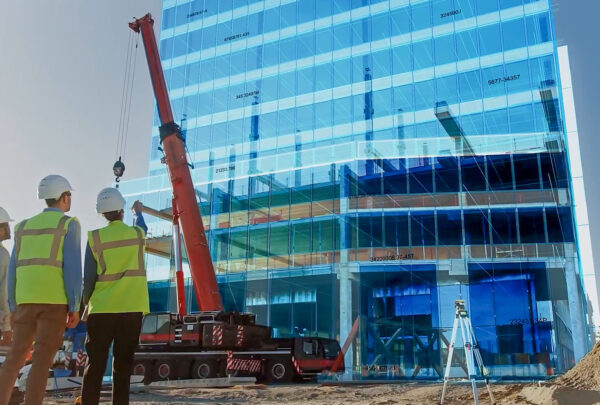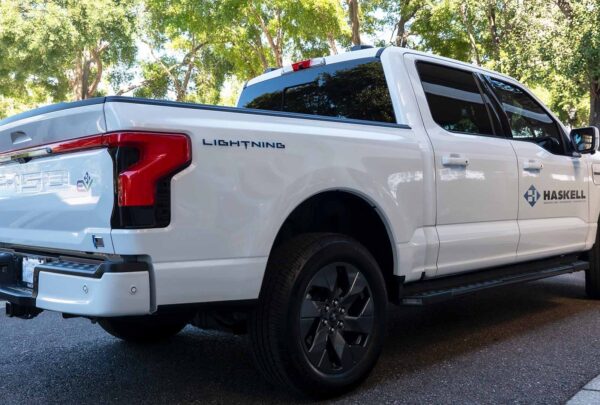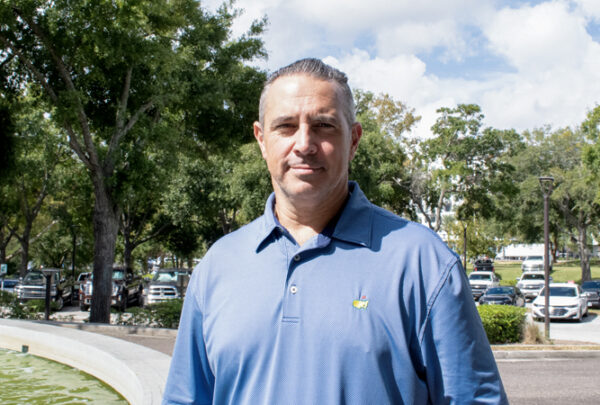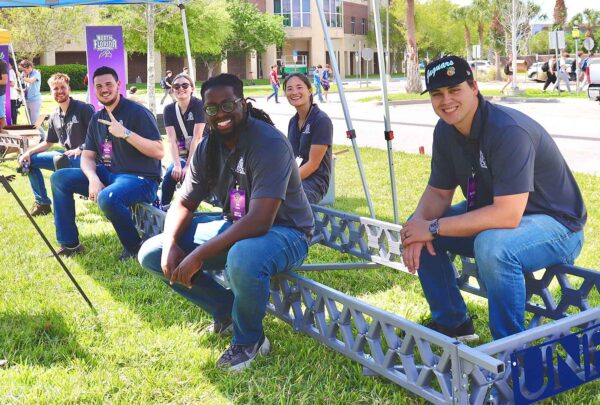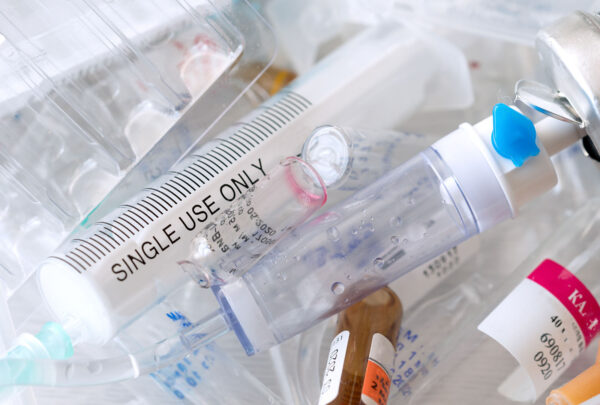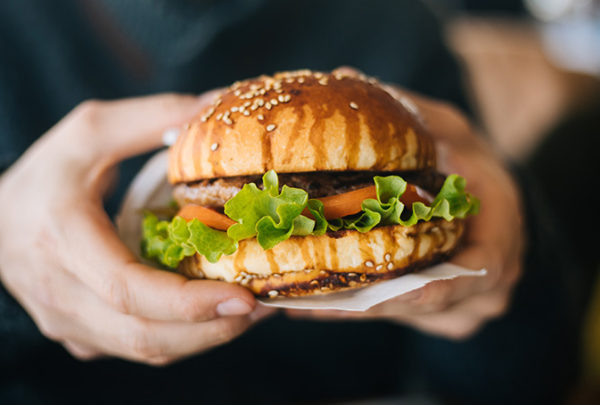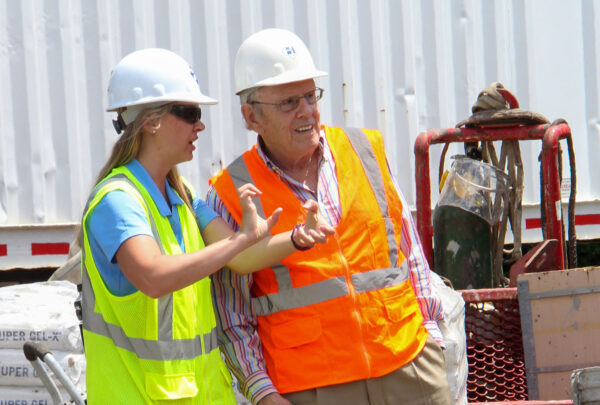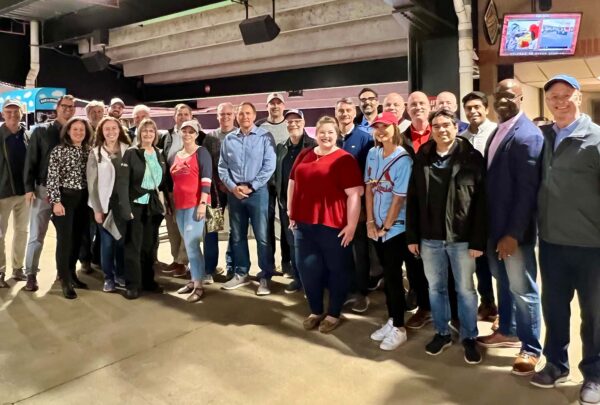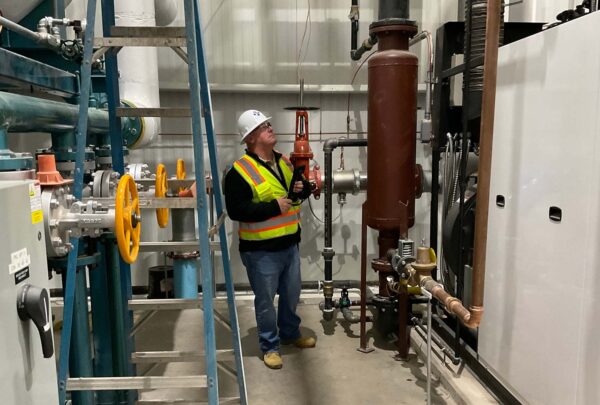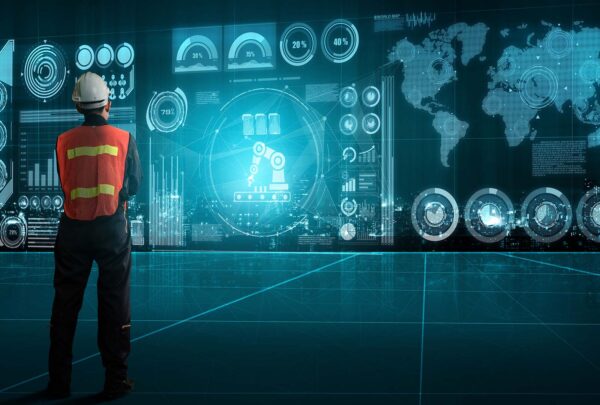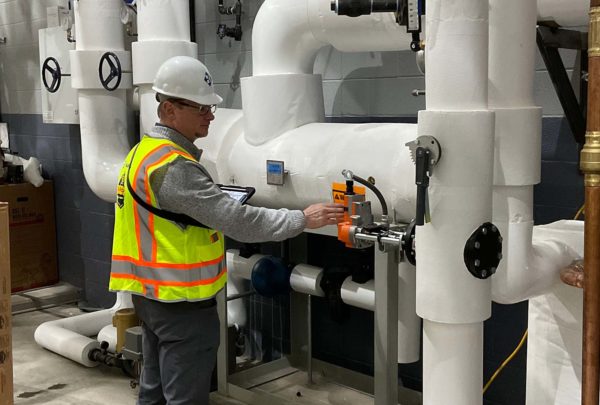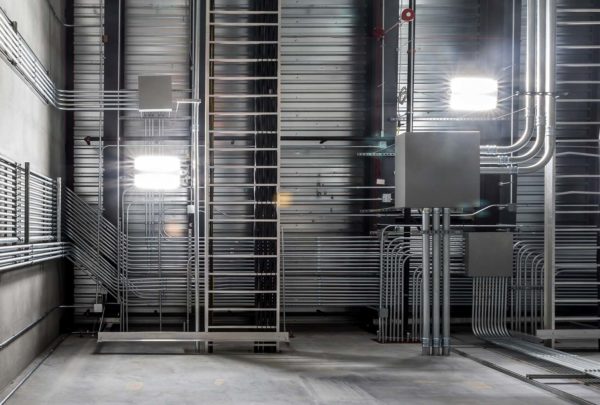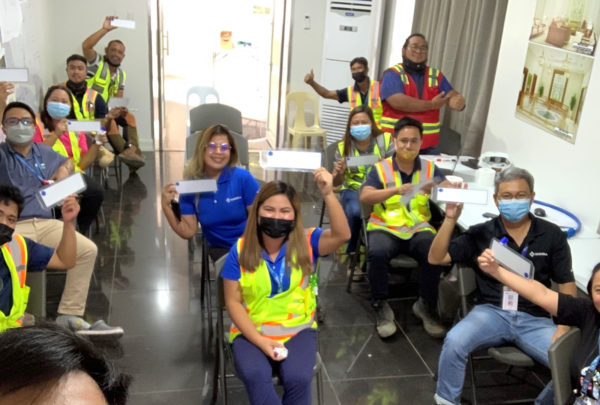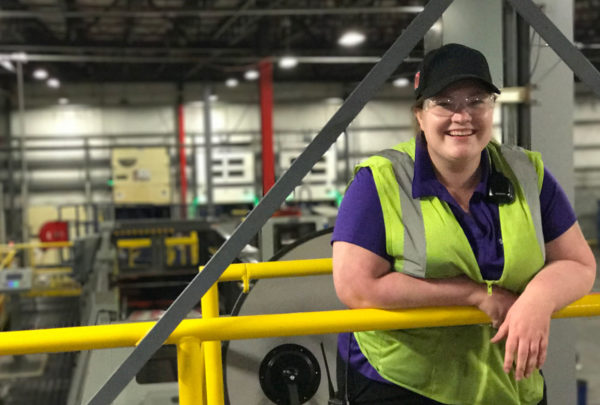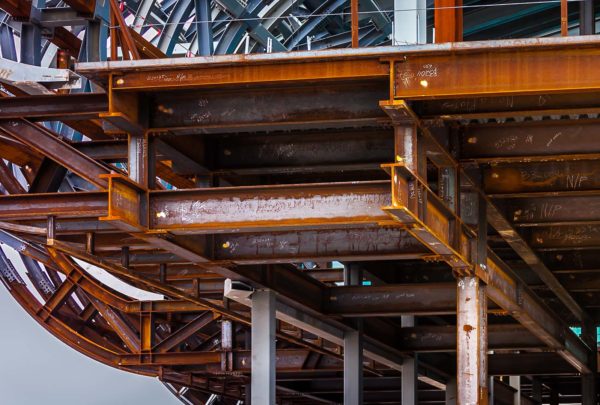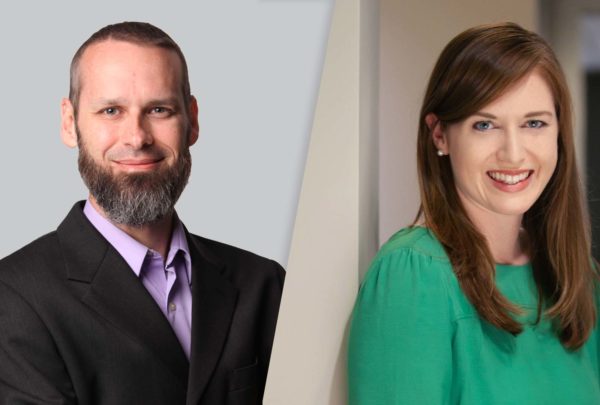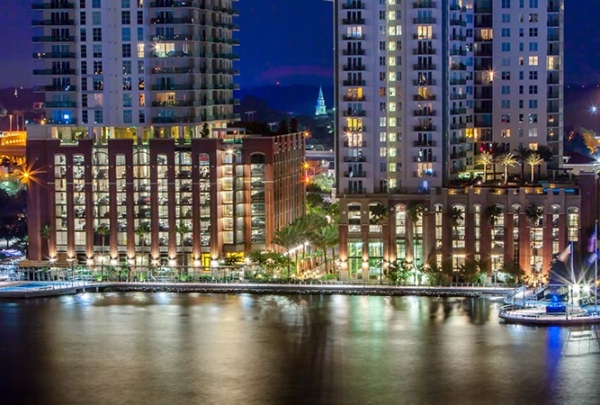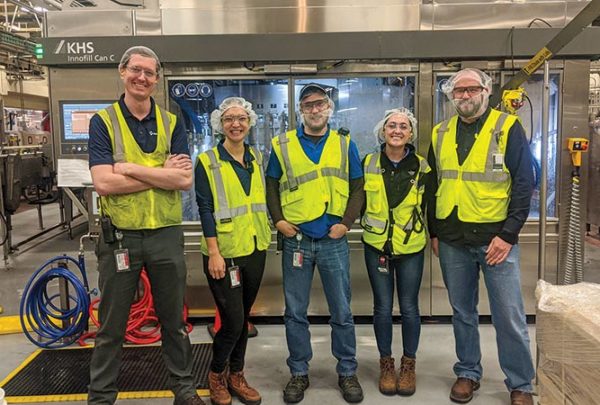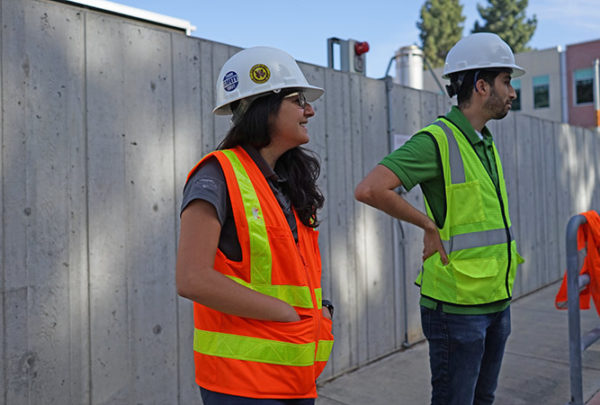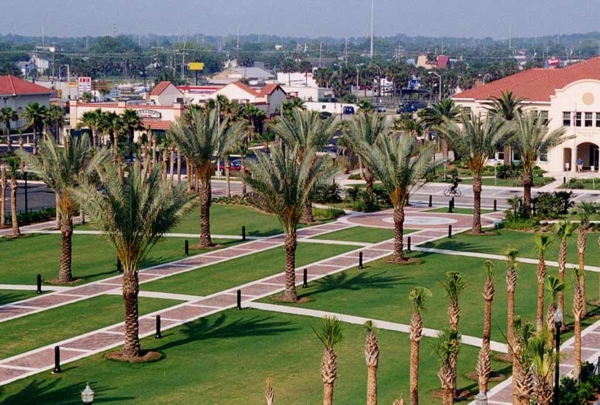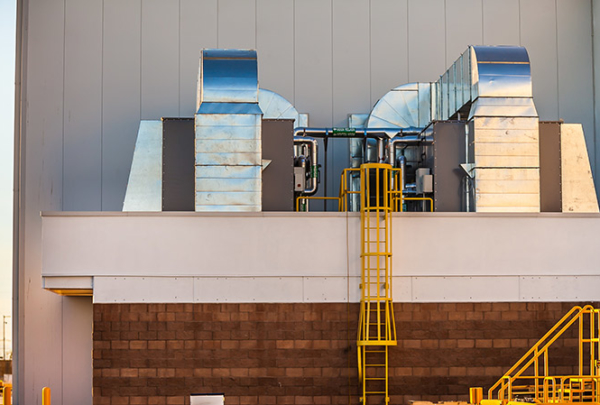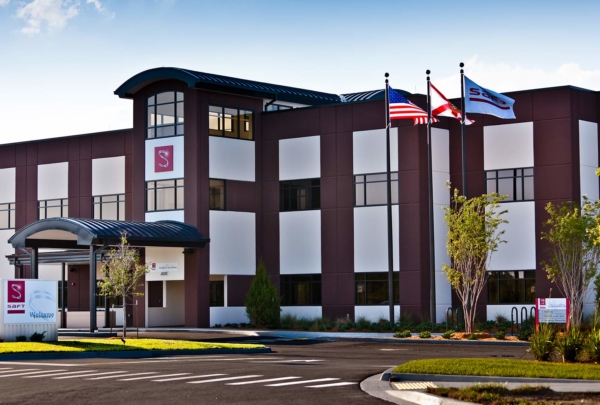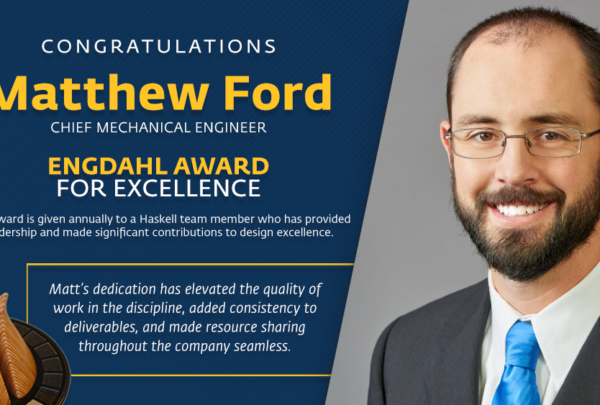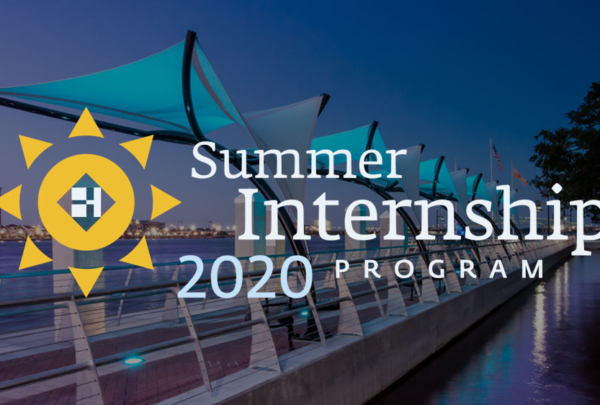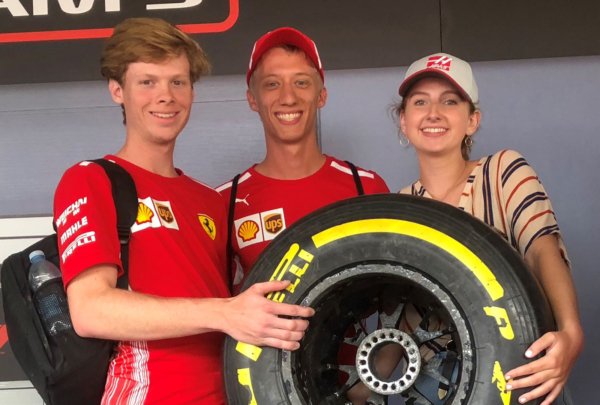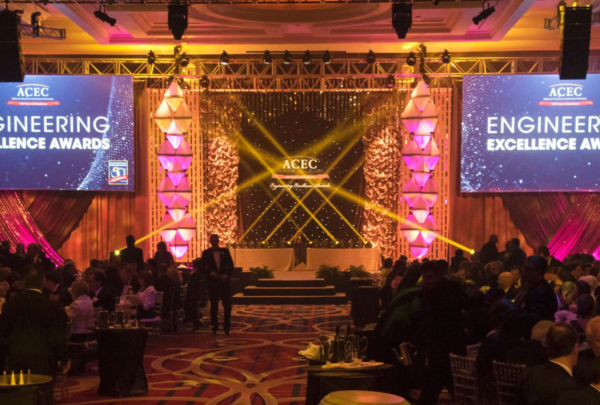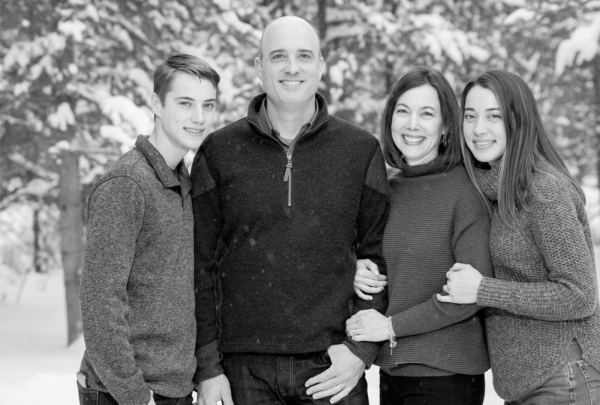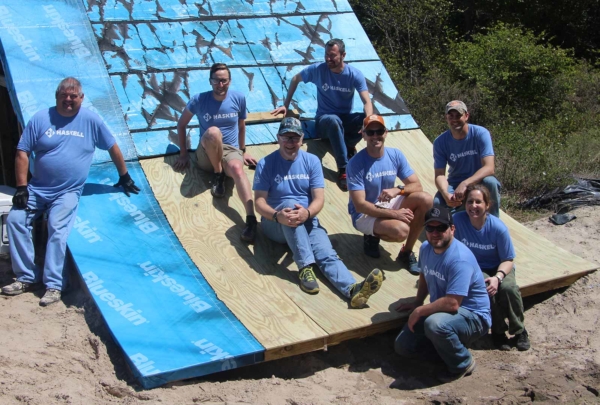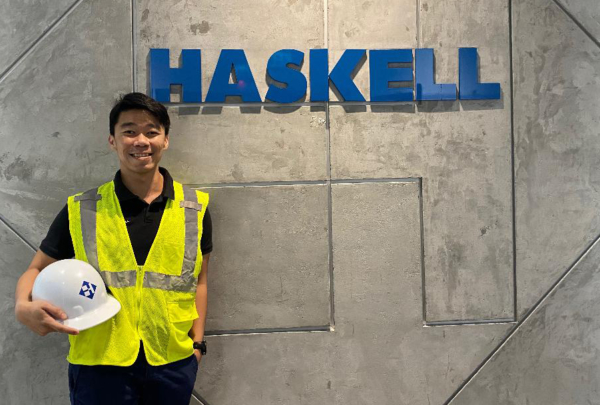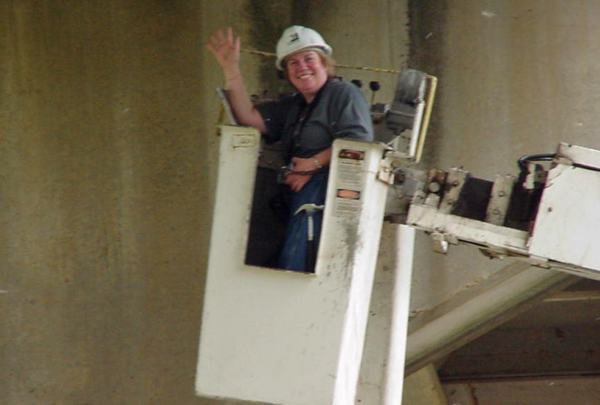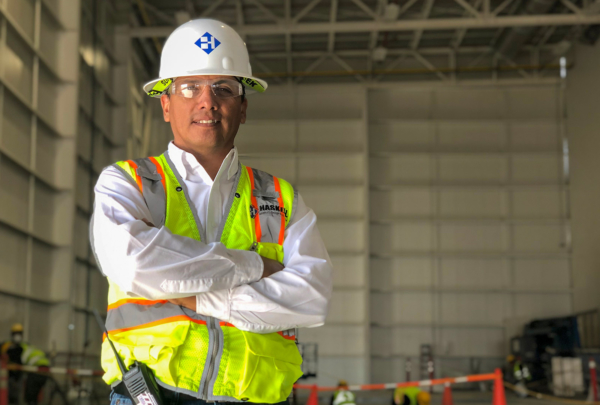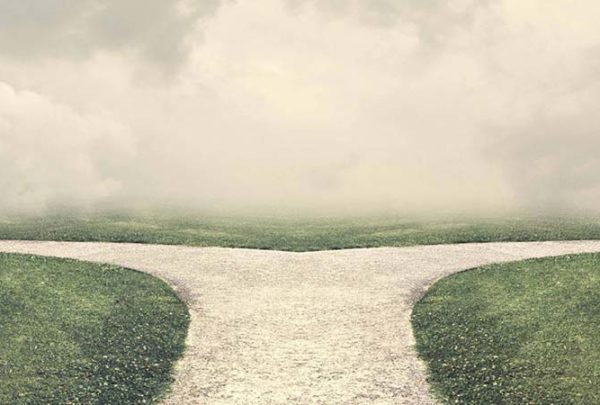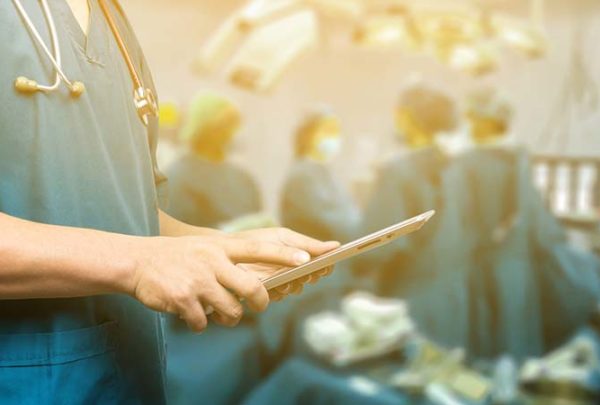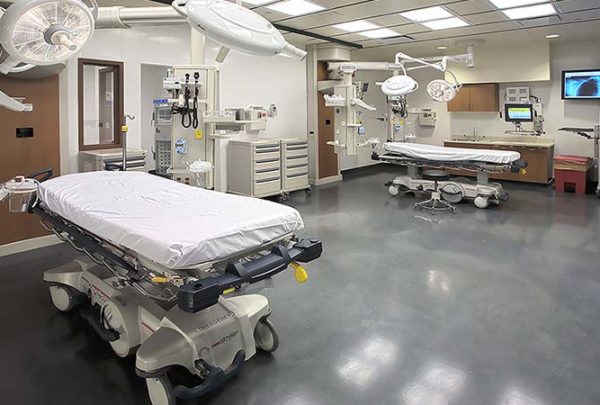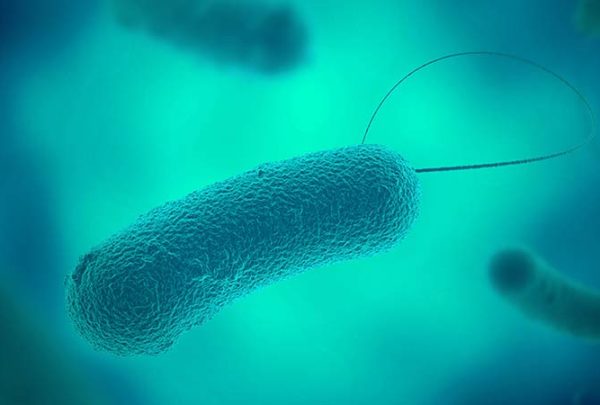Bring up climate change in a large room, and you’ll likely get a variety of opinions – perhaps even an argument or two, some based on fact, others not.
Thomas Warner, AIA, LEED ® AP BD+C, GPCF, CCS, who chairs Haskell’s Sustainability Council, looks beyond politics, and the reason is simple: He doesn’t want his daughter and son, both in their 20s, to have to worry about the repercussions. He doesn’t want them to deal with stronger hurricanes, more significant flooding and 30-foot snowstorms. He wants the same for other families, too.
Warner, a Senior Architect, said design-build firms such as Haskell play a critical role in reducing the impacts of climate change by reducing embodied carbon, which is tied to the manufacturing, transportation and installation of construction materials, and operational carbon, which is linked to a building’s energy consumption.
“As a promoter of building, it should be our goal to promote sustainability and carbon reduction and bring it to our clients as part of our design process and construction,” Warner said.
Engineers at Haskell are particularly significant in that effort because they understand how their design and construction choices can affect the environment for generations.
This is especially important since the United States rejoined the Paris Agreement, a measure uniting nearly 200 countries with goals of substantially reducing global greenhouse gas emissions to limit the global temperature increase.
Warner said Haskell’s engineers actively reduce operational carbon by designing plumbing, electrical and heating, ventilation and air conditioning (HVAC) systems that are efficient and innovative and that take advantage of clean-energy solutions. Choices can include solar hot water systems, all-electric buildings, LED lighting and photovoltaic (PV) systems, which convert sunlight directly into electricity.
Engineers can also help reduce carbon emissions by:
- Choosing products or systems with low embodied carbon (EC) footprints by reviewing environmental product declarations for the lowest embodied carbon products that meet performance requirements.
- Replacing products that have high-carbon ingredients with lower-carbon ingredients, such as replacing Portland cement in concrete with limestone cement and fly ash.
- Reusing existing facilities instead of building new ones when appropriate.
- Reducing transportation emissions by selecting regionally extracted and manufactured products.
Haskell has achieved significant recognition in sustainability, ranking 22nd in Engineering News-Record’s (ENR) Top 100 Green Building Contractors, as well as No. 3 in Green Contracting and No. 2 in Green Design for the Manufacturing and Industrial sector.
The Council promotes sustainability as a guiding principle of Haskell. It is organized into three subcommittees – Educate, Engage, and Evolve – and ensures the entire Haskell community incorporates and advocates sustainability in its business practices.
Most recently, Warner has been developing a sustainability checklist for Haskell’s projects, which includes suggestions such as orienting buildings during the design phase to maximize solar and daylighting potential, considering highly reflective roofs, which may reduce cooling and heating loads, making sure building envelopes are well-sealed to prevent leaks and ensuring they provide healthy and breathable interiors.
Warner doesn’t just focus on this issue at work; he also integrates it into his personal life, with solar panels on the roof of his Minnesota home and a battery-operated lawn mower and snow blower.
Contact us to discover how Haskell’s design-build methodology, built on integrated project delivery, is ideally suited to creating responsible, sustainable projects that enhance our communities.

